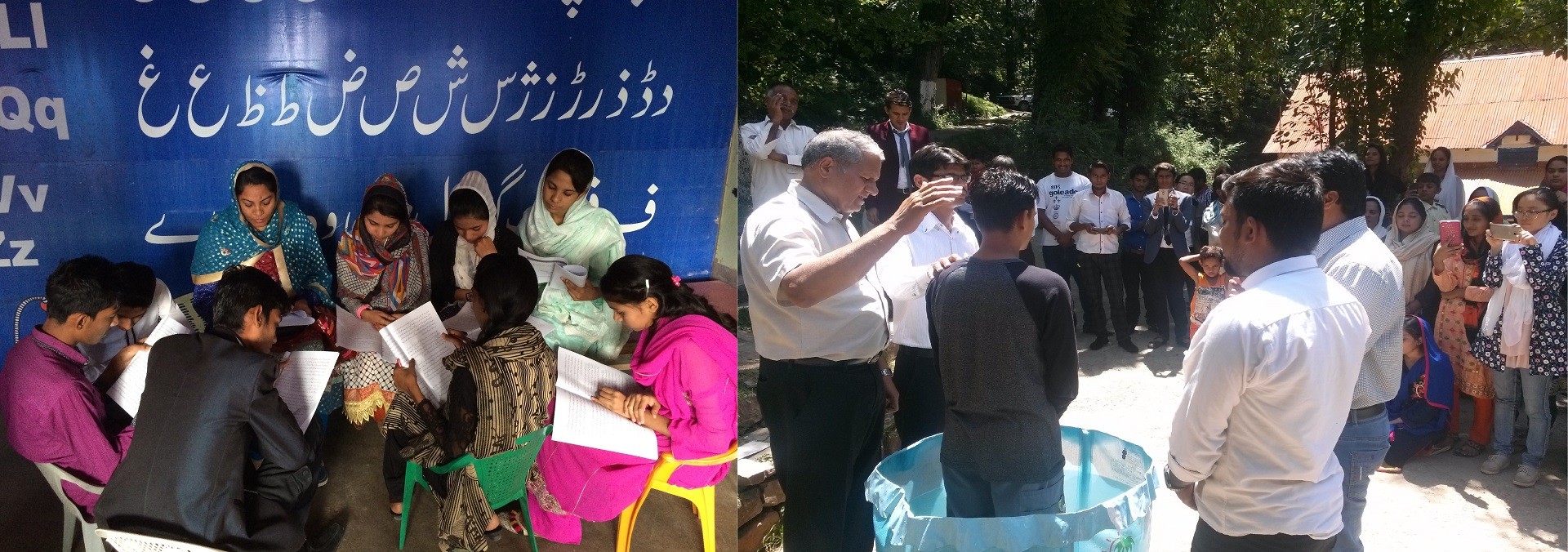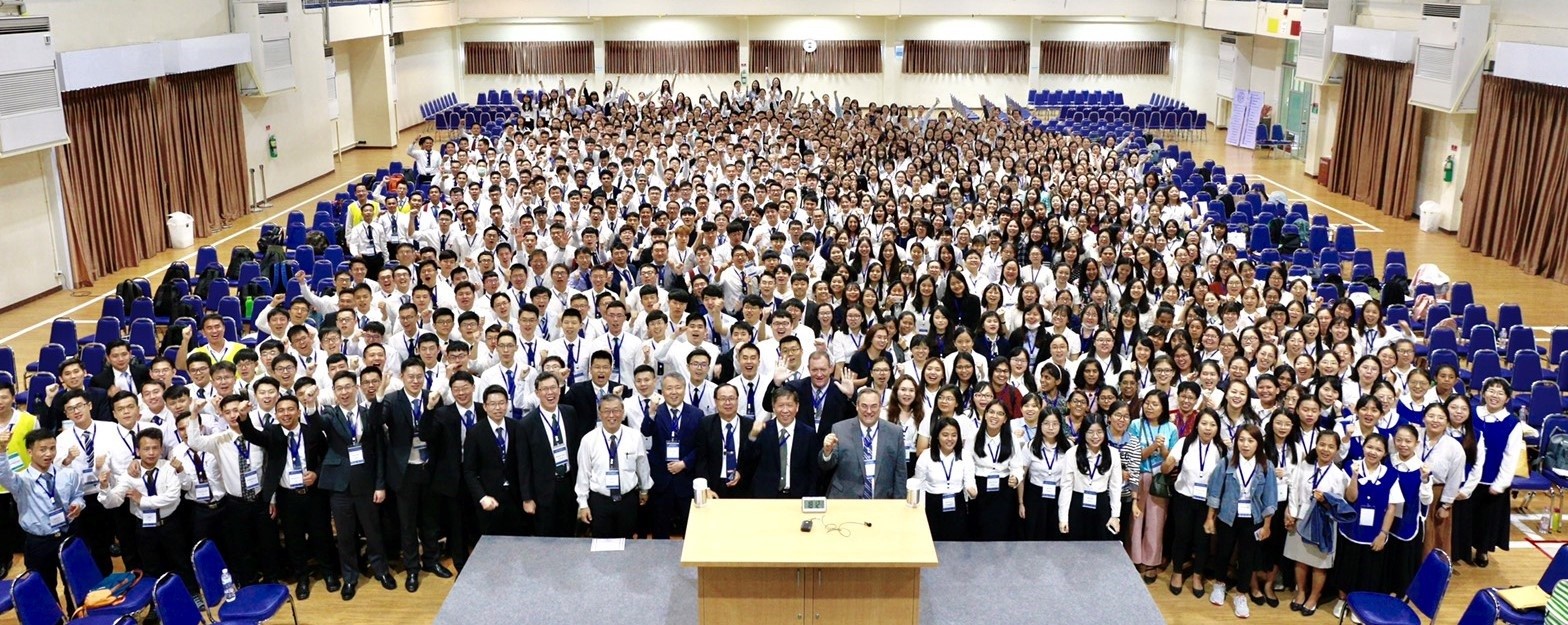India
Background:
The Indus Valley civilization, one of the world’s oldest, flourished during the 3rd and 2nd millennia B.C. and extended into northwestern India. Aryan tribes from the northwest infiltrated the Indian subcontinent about 1500 B.C.; their merger with the earlier Dravidian inhabitants created the classical Indian culture. The Maurya Empire of the 4th and 3rd centuries B.C. – which reached its zenith under ASHOKA – united much of South Asia. The Golden Age ushered in by the Gupta dynasty (4th to 6th centuries A.D.) saw a flowering of Indian science, art, and culture. Islam spread across the subcontinent over a period of 700 years. In the 10th and 11th centuries, Turks and Afghans invaded India and established the Delhi Sultanate. In the early 16th century, the Emperor BABUR established the Mughal Dynasty which ruled India for more than three centuries. European explorers began establishing footholds in India during the 16th century. By the 19th century, Great Britain had become the dominant political power on the subcontinent. The British Indian Army played a vital role in both World Wars. Years of nonviolent resistance to British rule, led by Mohandas GANDHI and Jawaharlal NEHRU, eventually resulted in Indian independence, which was granted in 1947. Large-scale communal violence took place before and after the subcontinent partition into two separate states – India and Pakistan. The neighboring nations have fought three wars since independence, the last of which was in 1971 and resulted in East Pakistan becoming the separate nation of Bangladesh. India’s nuclear weapons tests in 1998 emboldened Pakistan to conduct its own tests that same year. In November 2008, terrorists originating from Pakistan conducted a series of coordinated attacks in Mumbai, India’s financial capital. Despite pressing problems such as significant overpopulation, environmental degradation, extensive poverty, and widespread corruption, economic growth following the launch of economic reforms in 1991 and a massive youthful population are driving India’s emergence as a regional and global power.
Location:
Southern Asia, bordering the Arabian Sea and the Bay of Bengal, between Burma and Pakistan
Area:
total: 3,287,263 sq km
Climate:
Varies from tropical monsoon in south to temperate in north
Ethnic groups:
Indo-Aryan 72%, Dravidian 25%, Mongoloid and other 3% (2000)
Languages:
Hindi 43.6%, Bengali 8%, Marathi 6.9%, Telugu 6.7%, Tamil 5.7%, Gujarati 4.6%, Urdu 4.2%, Kannada 3.6%, Odia 3.1%, Malayalam 2.9%, Punjabi 2.7%, Assamese 1.3%, Maithili 1.1%, other 5.6% (2011 est.)
Note: English enjoys the status of subsidiary official language but is the most important language for national, political, and commercial communication
Religions:
Hindu 79.8%, Muslim 14.2%, Christian 2.3%, Sikh 1.7%, other and unspecified 2% (2011 est.)
Population:
1,326,093,247 (July 2020 est.)
country comparison to the world: 2
Age structure:
0-14 years: 26.31% (male 185,017,089/female 163,844,572)
15-24 years: 17.51% (male 123,423,531/female 108,739,780)
25-54 years: 41.56% (male 285,275,667/female 265,842,319)
55-64 years: 7.91% (male 52,444,817/female 52,447,038)
65 years and over: 6.72% (male 42,054,459/female 47,003,975) (2020 est.)
Government type:
Federal parliamentary republic
Capital:
New Delhi
Time difference:
UTC+5.5 (10.5 hours ahead of Washington, DC during Standard Time)
Independence:
15 August 1947 (from the UK)
Economy – overview:
India is developing into an open-market economy, yet traces of its past autarkic policies remain. Economic liberalization measures, including industrial deregulation, privatization of state-owned enterprises, and reduced controls on foreign trade and investment, began in the early 1990s and have served to accelerate the country’s growth, which averaged under 7% per year from 1997 to 2017. India’s diverse economy encompasses traditional village farming, modern agriculture, handicrafts, a wide range of modern industries, and a multitude of services. Slightly more than half of the work force is in agriculture, but services are the major source of economic growth, accounting for nearly two-thirds of India’s output, with less than one-third of its labor force. India has capitalized on its large educated English-speaking population to become a major exporter of information technology services, business outsourcing services, and software workers.
GDP (purchasing power parity):
$9.474 trillion (2017 est.)
GDP – per capita (PPP):
$7,200 (2017 est.)
Source:
CIA World Factbook







